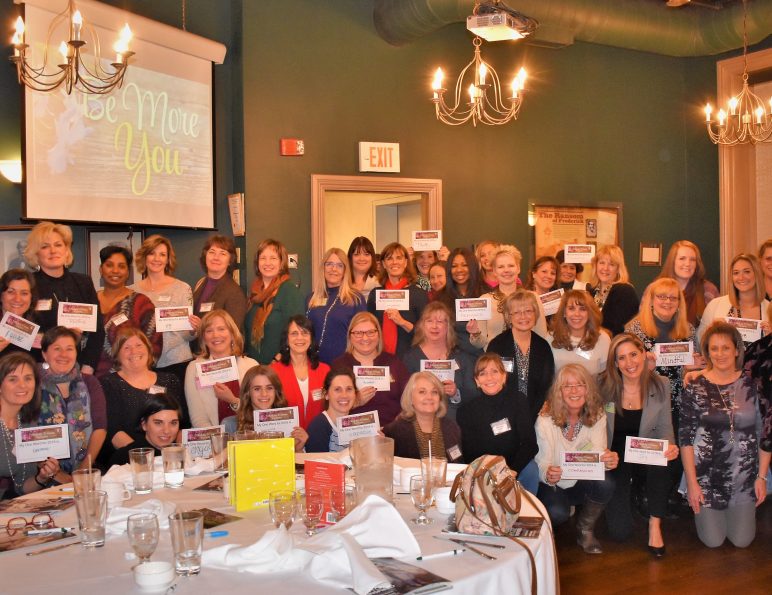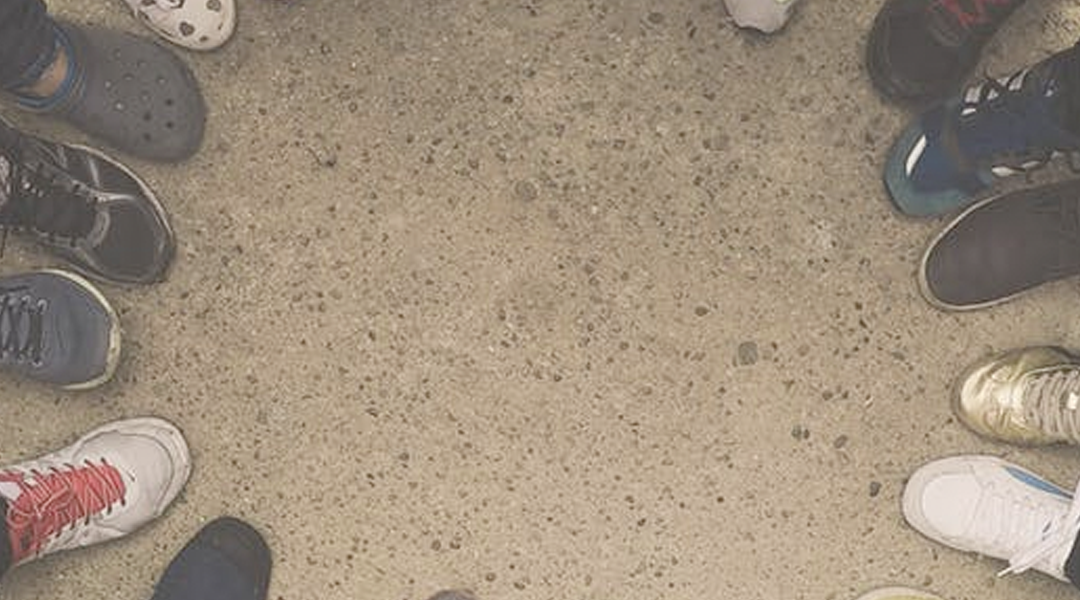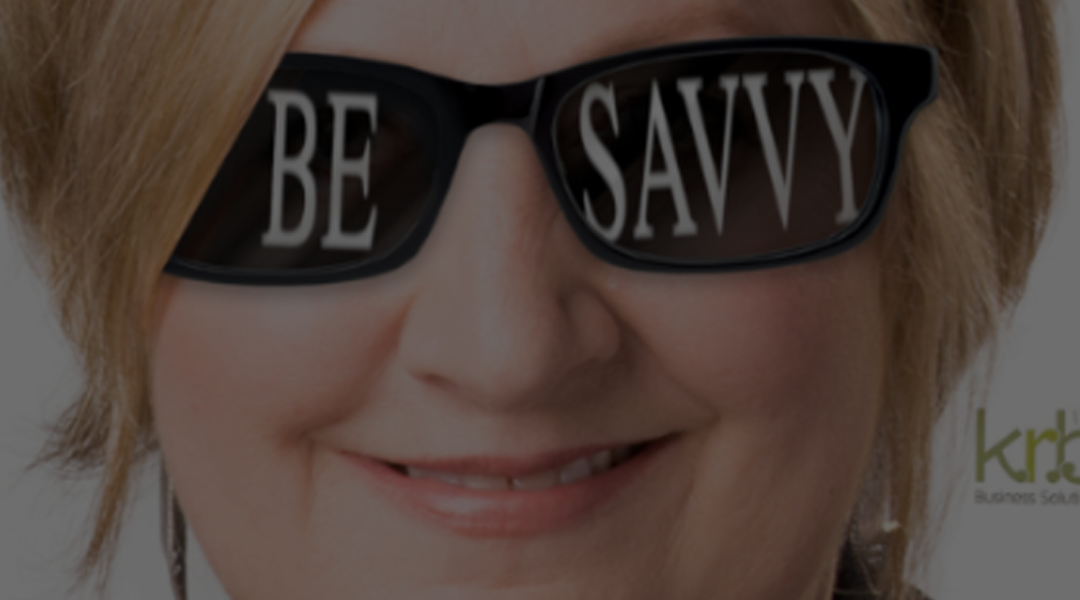
Cable Strong
Cable Strong
Imagine if you will, a steel cable wire: strong, sturdy, secure and stable. The type of cable used to secure the tallest bridges across America or the kind that runs underground for telephone communication networks.
Well, our habits are like a cable too; we weave a strand every day until it is extremely difficult to break . . . or maybe NOT!
What stops you from achieving your dreams? Is there some habit or behavior that you keep repeating and all the while never achieving your intended goal?
There is a real strength in looking at and recognizing our weaknesses and empowering ourselves to challenge, confront, and change them. If you want to make a serious change in your life for the better, than identify YOUR so-called bad habits.
A habit is an automatic pattern of behavior or practice usually done through repetition.
I recently read an excellent book called The Power of Habit by Charles Duhigg. He says that habits, as they are technically defined, are the choices that all of us deliberately make at some point and then stop thinking about but continue doing, often every day. It’s a natural consequence of our neurology. By understanding how it happens, you can rebuild those patterns in whichever way you choose. The brain will try to make almost any routine into a habit because habits allow our minds to ramp down.
According to Duhigg, it is sort of like a computer program consisting of three parts:
- CUE or TRIGGER, that tells your brain to go into automatic mode and which habit to use, e.g., hunger
- ROUTINE, which can be physical, mental or emotional, e.g., eat something yummy!
- REWARD, which helps your brain figure out if this particular loop is worth remembering for the future, e.g., immediate gratification
Over time, this habit loop becomes more and more automatic. The cue and reward become intertwined until a powerful sense of anticipation and craving emerges.
When a habit emerges, the brain stops fully participating in decision making. So unless you deliberately fight a habit – unless you find new routines – the pattern will unfold automatically.
Orison Marden says “The beginning of a habit is like an invisible thread, but every time we repeat the act we strengthen the strand, add to it another filament, until it becomes a great cable and binds us irrevocably in thought and act.”
We all have good and bad habits. When people talk about breaking bad habits, some of the first that come to mind are goals like:
- Losing weight
- Stop smoking
- Get finances in order
While these are generally at the top of the list, also consider the actions most of us do every day without even noticing they have turned into bad habits.
- Becoming discouraged and giving up too quickly
- Being irritated and losing our temper
- Procrastinating
- Complaining
- Overscheduling
Five Steps To Master Your Habits Before They Master You
Awareness is the #1 prerequisite to facilitating a change. You must begin by recognizing and admitting a bad habit exists.
I once had a friend who cussed like a sailor. When she told me she wanted to stop but didn’t know how, we made a game of it. I tugged my ear every time she cussed, and each tug cost her a quarter. Many dollars later and with a heightened awareness, I am happy to report my friend rarely, if ever, uses cuss words today.
Got SMART Goals? Devise a Specific, Measurable, Attainable, Realistic, and Timed goal. Getting in shape is not quantifiable. But a goal such as “I will join the health club and swim two days every week for 45 minutes each day starting Nov 1st” is defined and measurable. The difference between a dream and a goal is a timeline.
A Plan. We have all heard the expression “if you fail to plan, you plan to fail,” right? Wanting to do something, no matter how much you want it, won’t make it happen. You MUST have an action plan and be willing to change something in your current lifestyle. Major accomplishments don’t just happen, at least not for the majority of us. Major changes occur one small step at a time. Just keep putting one foot in front of the next. Steady and consistent progress produces results.
Accountability and Tracking. We all do better when we have someone to be accountable to. Otherwise, we are apt to delude ourselves. Let’s face it, changing habits involves work, effort, and action. Find someone you can report to on a weekly basis. It can be a friend, family member, or life coach. Having an accountability partner helps motivate you so you can stick to the plan and not fall back into your old comfortable ways. Chart the course together and visualize success.
Seek Advice. Talk to others who have also overcome the same habit you wish to overcome. People who know firsthand what you are going through. We have not been given the spirit of fear, but that of power, and love and of a sound mind. Replace a negative thought with a positive one. At first, it will seem unnatural, but with persistence and practice, it will become a part of the new you.
Start today, right now. Begin where you are, but don’t stay where you are. Don’t put off till tomorrow what you can do today. We are all creatures of habit. Believe in yourself and go for the changes you really desire. In every situation, we have a choice of either responding to the old habitual way or thinking and starting anew. In the end,
Master Habits and Master Your Life.
Horace Mann says, “Habit is a cable we weave a thread of each day, and at last we cannot break it.” If we weave well!
The choice is yours.
Today’s author: Kat Middleton is a professional certified coach and the founder and CEO of Wholehearted Concepts, LLC. Kat is a Professional Energy Empowerment and Self-Acceptance Coach who specializes in helping clients personally and professionally that struggle with inner doubt, perfectionism and being way too hard on themselves. She is available for private one-on-one coaching as well as group workshops, seminars, and speaking events. Learn more about her at her website: www.wholeheartedconcepts.com





